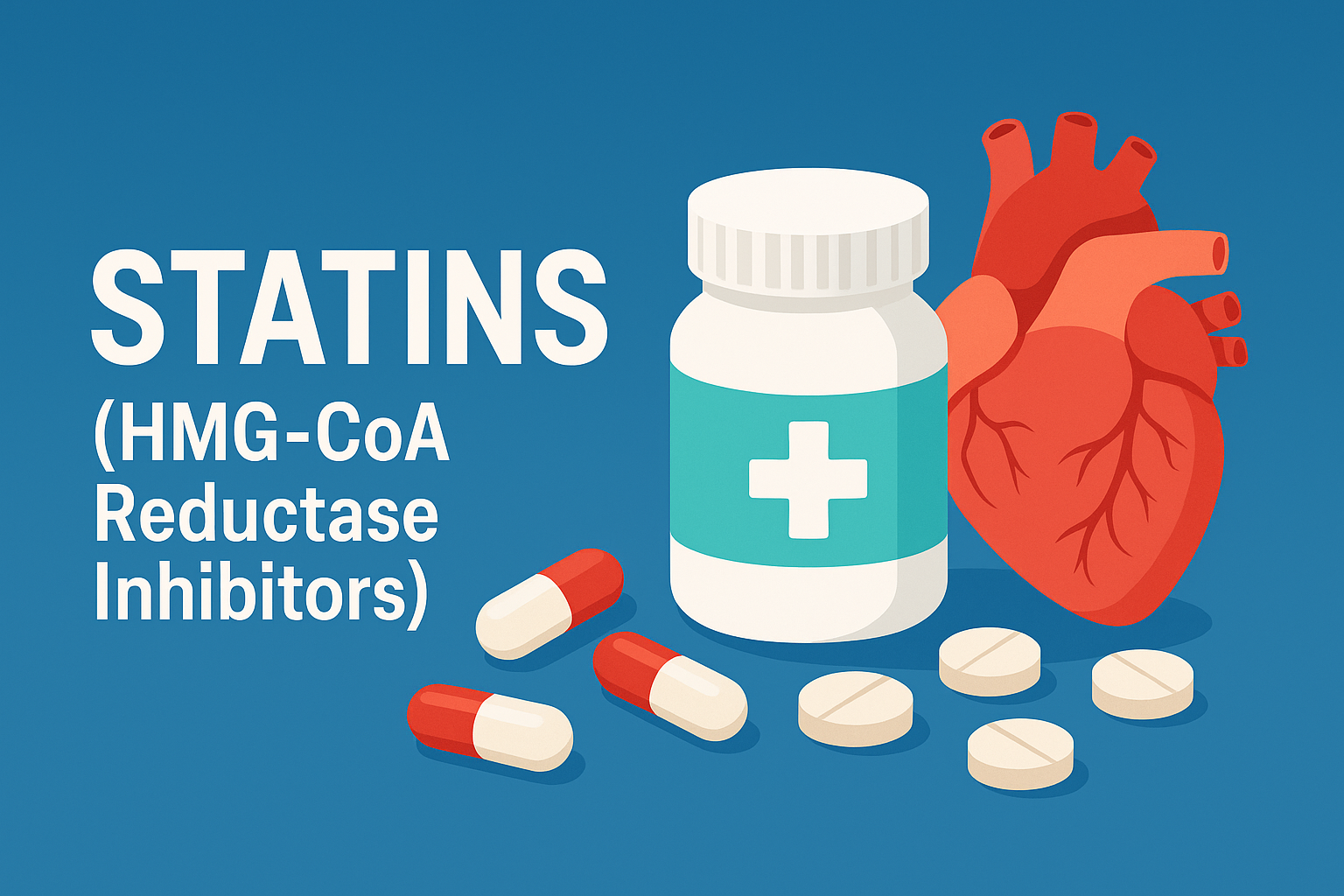Hyperemia is an excessive amount of blood or an increase in blood volume within an organ or a tissue that can be caused by vasodilation or diminished venous outflow.
Hyperemia is divided into two types:
Each type of hyperemia has a different cause:
Generally the symptoms involve:
1. Vinay Kumar, Abul K. Abbas, Jon C. Aster/ Robbins Basic Pathology/ 9th edition/ philadephia, United states/ Elsevier-Health sciences Divition/ 2012
2. Mary Elizabeth Peyton Gupta/ Board Review Series BRS/ 5th edition/ United States/ Wolters Kluwer Health/ 2014
Edema (swelling) is an abnormal and excessive accumulation of fluid within tissues resulting from injury or inflammation

Thrombosis has two 2 types: Atrial thrombosis: is when the thrombus occurs in the artery, Phlebothrombosis: is when the thrombus occurs in a vein

The urethra is a muscular canal that extends from the neck of the bladder to the exterior of body. Read more about the anatomy of urethra in this article.

Chronic kidney disease (CKD) is a disease in which irreversible damage to the kidneys leads to a reduction in kidney function. CKD has 5 stages and many complications.

Learn about medical uses, safety profile, mechanisms and interactions of statins.

Comprehensive guide on Ozempic (semaglutide), including its uses, dosage, side effects, warnings, and interactions.
.png)
Choose what we can use. Strictly necessary and security cookies are always on.